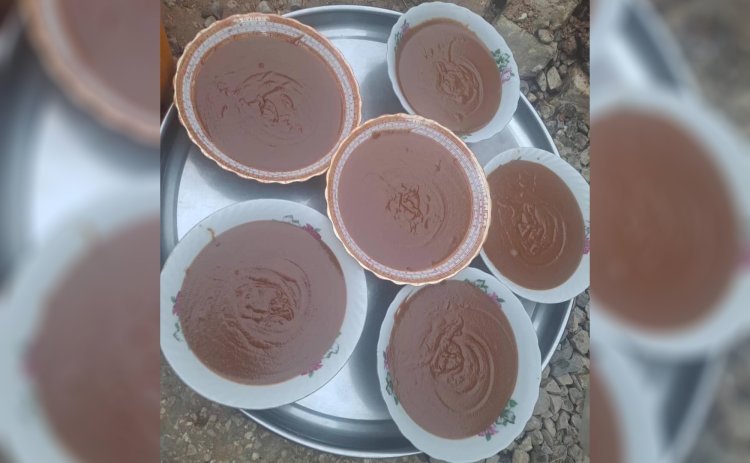Seven Days, Seven 'Seen': The Seventh 'Seen'

One Day Until Nowruz!
Nowruz, the celebration of nature’s rebirth, is one of the oldest traditions observed in Afghanistan, Iran, Tajikistan, and other regions within the Nowruz cultural sphere. This festival is marked by unique customs, one of the most significant being the Haft-Seen table. Each item on this table symbolizes aspects of life, renewal, prosperity, health, and love.
As we count down to Nowruz, we introduce one element of Haft-Seen each day.
The Seventh 'Seen':
Samanu – A Symbol of Strength, Blessings, and Growth
Samanu or Samanak is one of the most ancient and essential components of the Haft-Seen table. Made from sprouted wheat, it represents abundance, prosperity, and sustenance. With its naturally sweet taste, Samanu is also considered a symbol of fertility and flourishing in the new year.
The Tradition of Making Samank in Afghanistan
Preparing Samank is a cherished cultural tradition in Nowruz-celebrating regions. This ancient ritual is accompanied by lively gatherings, singing, and moments of shared joy. Across Afghanistan, women and young girls come together from evening until dawn, stirring the large pot of Samanu while singing traditional songs and making wishes for a year filled with happiness, blessings, and good fortune.
One of the most iconic parts of this ceremony is the Samank Song, sung while stirring the pot:
"Samank is boiling, and we stir the ladle,
Others are asleep, and we beat the drum."
